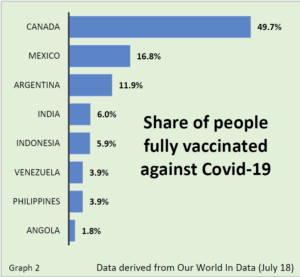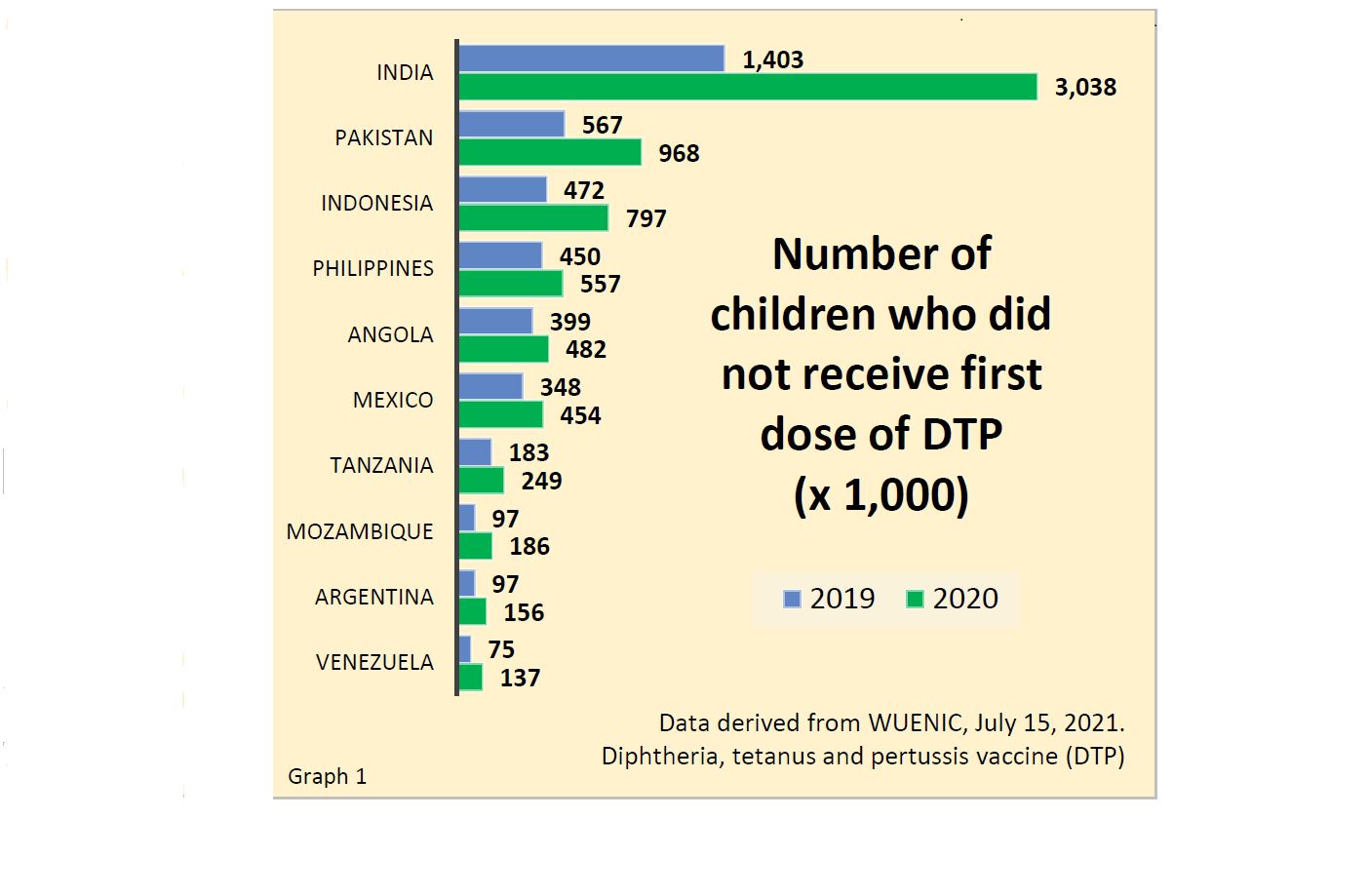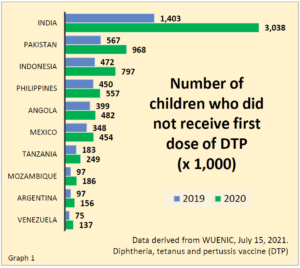Childhood immunization rates against preventable diseases in decline
In the race to vaccinate the masses against Covid-19 and bring an end to the pandemic, a troubling concern emerges. Millions of children are falling behind on routine childhood vaccinations.
Covid-19 has disrupted several aspects of our lives, from social to economic and most significantly our health. The World Health Organization (WHO) reveals some alarming data following previous warnings that the pandemic would negatively impact basic vaccinations among children.
According to the latest data from the WHO and UNICEF Estimates of National Immunization Coverage (WUENIC) released July 15, a staggering 23 million children missed out on immunization in 2020. That represents an increase of 3.7 million children compared to 2019.
The alarming trend is something experienced in countries around the world. Not only is it prevalent in lower income countries, but middle-income countries account for an increasing share of children missing out on some disease preventing vaccines.
For instance, India experienced the largest drop in number of children not receiving the first dose of the combination vaccine for diphtheria-tetanus-pertussis (DTP-1). In 2020, roughly three million children missed a crucial first dose of the DTP vaccine compared to 1.4 million in 2019, (see graph 1 above). That translates to a drop in fully vaccinated DTP coverage from 91% to 85%.
More concerning is the fact that over the years, child vaccination rates against DTP and other diseases like measles and polio have stalled at around 86% coverage. That is well below the WHO recommended rate of 95% coverage against diseases such as measles.
In a press release (July 15), Dr. Tedros Adhanom Ghebreyesus, WHO Director-General, said, “multiple disease outbreaks would be catastrophic for communities and health care systems already battling Covid-19”. At the same time, he emphasized the need to, “invest in childhood vaccination and secure every child is reached”.
WUENIC global data further suggests that up to 17 million children, most living in conflict-ridden areas, remote places or inadequate settings, likely did not receive at least one vaccine last year. Children living in these kinds of communities are at a greater disadvantage as they face several issues including inequities in access to vaccines and limited access to health services.
Inequity may be a mere understatement. Canada has procured more than 400 million Covid-19 vaccine doses, enough to vaccinated every resident ten times. According to Our World in Data (July 18), 49.7% of people in Canada are considered fully vaccinated against Covid-19. In India, that rate drops to 6.0% of the population who are fully vaccinated. That rate is even less in Angola where only 1.8% of the population have received the adequate dosage for protection against the virus. (graph 2 below)

Even as Canada and other countries commit to sharing Covid-19 vaccines with lower-income countries through the COVAX network, it still does not address the troubling decline in childhood routine vaccinations around the world.
Whether it is funding issues, regional instability or misinformation regarding vaccine safety that contributes to declining vaccination rates among children, health officials caution over the increase in potential outbreaks of vaccine-preventable diseases.




